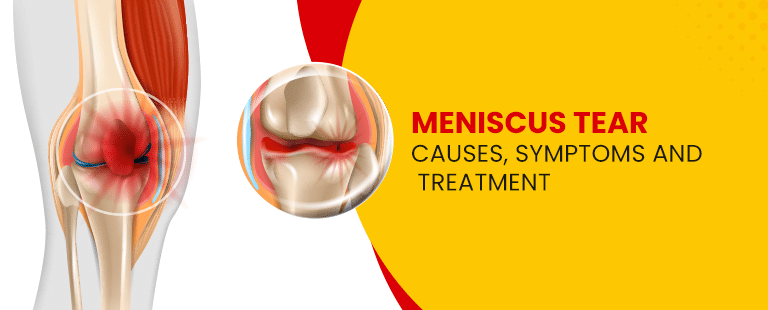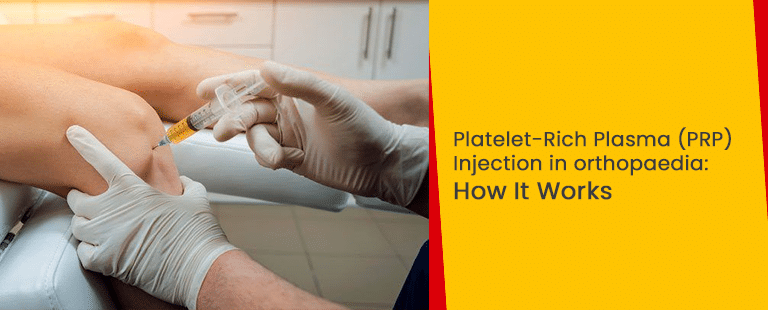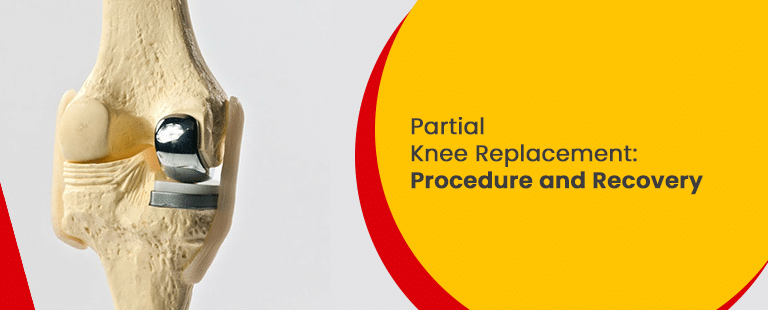Common Sports Injuries and How to Prevent Them
When you actively take part in sports, be it tennis, cricket, soccer, or basketball, injuries are bound to happen. It can also happen during exercise. When you experience a sports injury, the first priority is to get the right treatment to restore the normal functioning of the damaged part and to spend the shortest possible amount of time recovering.
What causes these injuries?
- Inadequate warm-up – One of the major reasons for sports injuries is not warming up before exercise or sports, correctly. A proper warm-up is essential to prepare the body for any rigorous activity.
- Sudden stretching – If you stretch your ligaments or muscles suddenly, after a certain limit, it can cause tears.
- Overuse of a body part – Putting too much strain on any body part such as your ankle or your elbow, while participating in a sport can cause internal injuries. Fatigued muscles are prone to injuries since all the protective mechanisms are down.
- Accidents – There is always a risk of accidents when engaging in any sport and these accidents sometimes lead to major injuries.
- Playing after not being regularly active – Suddenly playing a sport after you haven’t been practicing regularly is an invitation for injuries since your muscles aren’t conditioned to be able to handle the stress while playing.
Common Sports Injuries
Each different injury is associated with every different sport. Some of the most frequently observed injuries are –
- Shoulder injuries – Shoulder injuries include dislocation of the shoulder or tearing of the rotator cuff, a group of four muscles that keep the shoulders moving in every direction.
- Spinal injuries – Injury to the spine is often lower-back muscle strain. It is a severe condition and extremely painful. It could lead to deeper structural issues.
- Elbow injuries – Golfer’s elbow (medial epicondylitis) and Tennis elbow (lateral epicondylitis) are injuries associated with the elbow joint. This happens due to repeated stress on the elbow joint, causing tears in the tendons.
- Ankle injuries – The most frequent ankle injuries are ankle sprains and Achilles tendon rupture.
- Knee injuries – A tear in the anterior cruciate ligament (ACL) and patellofemoral pain syndrome are two knee injuries that frequently occur while playing sports.
- Foot injuries – The tissue that creates the arch of the foot is known as plantar fascia tissue. When this tissue is irritated or inflamed, it leads to plantar fasciitis. This injury makes it difficult to put weight on your heel.
- Groin and hip injuries – Other injuries associated with basketball are hip and groin strains. These injuries occur when the player puts too much pressure on their thigh, groin, and hip muscles, beyond a limit. Symptoms of these injuries are usually pain, swelling, and tenderness.
Treatment of Sports Injuries
The RICE method is used to treat mild sports injuries.
R – R stands for rest. After the injury has occurred, you should refrain from any strenuous physical activity and allow your body to rest. Toughening up and working through the pain might make the injury worse.
I – I stands for an ice pack. Applying an ice pack to the swollen area helps curb the pain and bring down the swelling. Apply it to the injured area, every fifteen minutes.
C – C stands for compression. To lessen the swelling, compress the injured area using a medical bandage. It shouldn’t be tied too tight so that the blood flow to the area doesn’t get restricted.
E- E stands for elevation. To reduce pain and swelling, you should keep the injured area a few levels above your heart, using pillows or other items.
Prevention of Sports Injuries
Accidents while playing sports cannot be avoided, but we can take precautions to minimize the damage. Proper warm-up, as well as regular exercise and stretching, is essential to prevent these injuries.
Treatment of Sports Injuries
When the injuries are severe, at-home treatments don’t work. At Germanten Hospital, we have a dedicated team of sports medicine physicians, orthopedic surgeons, and physiotherapists, who are experts in this field. Severe injuries such as knee injuries, tendonitis, tennis and golfer’s elbow, as well as plantar fasciitis are treated by doctors at this state-of-the-art leading hospital in India.
The non-surgical and minimally invasive techniques used by experts at Germanten Hospital earned it the title of Best Emerging Orthopaedic Hospital in India, awarded by the Times of India in 2019. It has also been named the Best Orthopedic Hospital in South India by the Economic Times 2021. Germanten hospital is NABH accredited, has more than 200 beds and each operation theatre has a high-advanced laminar airflow for total infection control.
At Germanten, the best treatment is offered to patients to both prevent and treat sports injuries. The injuries of the patient are diagnosed using the hospital’s advanced diagnostic facilities and a specialized treatment plan is developed, tailored to the patient’s needs. The orthopedic team at Germanten hospital is led by Dr Mir Jawad Zar Khan, one of India’s top orthopedic surgeons. He has over two decades of experience in the field. To celebrate his achievements and effort, he has been felicitated with the title of Best Doctor by the ex-CM of Joint Andhra Pradesh & Former Governor Tamilnadu, Shri Roshaiah Garu in 2018. In 2019, he was honored with the Vaida Ratna Award by the Honourable Health Minister of Telangana, Shree Etala Rajendra. If you’re suffering from any severe sports injuries, then Germanten Hospital is your go-to place to get the right treatment.





